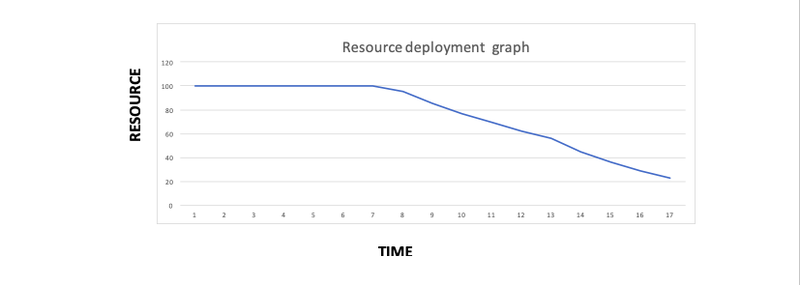How to set up a good sales and distribution system - Part-II

Everything you wanted to know about B2C (Business to consumer) Sales and Distribution but didn’t know whom to ask
Welcome to the second note of a three part series on how to set up a good and robust offline distribution system. Notice the title said, “Sales & Distribution”, but the first line immediately shifts the focus to distribution.
Well, that’s lesson #1. Sales is an output. The distribution effort is the input. If you get the distribution effort right, sales will follow. A good salesman understands this. He is focused on building a robust distribution system, from where he can expect sustained, profitable sales.
In these blogs, we will share how a strong distribution system can be set up to boost your offline sales.
The entire Sales & Distribution machinery works on 4 key pillars:
- Capital
- Proper Dimensioning (# of channel partners, the hierarchy of distribution)
- Product story
- Monitoring and Feedback systems
Yes, we insist its this sequence. In the previous blog, How to set good sales and distribution system - part I, we discussed Capital.
In this blog, lets discuss Proper Dimensioning of the distribution team.
How is dimensioning helping a business?
For an offline sales system, dimensioning helps us look at how much resource we are allocating to the distribution task and what is the return on this investment for this resource.
Eg: Should I hire 1,2,3 or 4 salesmen for a territory.
At what point do I add a supervisor?
When does the supervisor need to be supervised?
At what point do I remove resources from a market? (Yes, that needs to be done too)
Here’s a very simple example, that illustrates this point.
At the beginning of the telecom boom in India, operators were concerned about educating retailers about a new product and service. How to acquire customers, how to activate sims, how to maximize their earnings. The first entrants spent disproportionately on this and established themselves in the market. Often allocating not more than 20 retailers to one salesman.
As new entrants came into the market, they could count on the knowledge of the retailers to sell their products and services. All they had to do was buy consumer loyalty. The early entrants had educated the retailers on the category. These players, invested only a fraction of the on-field resources of the first entrants.
15 years later, as the industry matured, market shares stabilized. The name of the game was customer retention. Technology was used to transfer talk time balance, making physical infrastructure even less necessary. Salesmen handle upto 60 outlets.
Resources were shifted to market segmentation and consumer insights. Loyalty programs and value added services. These resources were reduced from the distribution effort. The industry started to operate at 25% of the sales resources used at launch.
So when you’re considering Offline distribution, keep a thumb rule. The first five years of category building are the most expensive. Do a time and motion study to understand how much time selling needs at each store. What are all the activities required to be done to build brand credibility at the store. Apportion resources accordingly.
Beyond that resources decline by 25% every 3-4 years.

To know more about how to dimension and set up your offline sales team, visit us at GroCurv.
